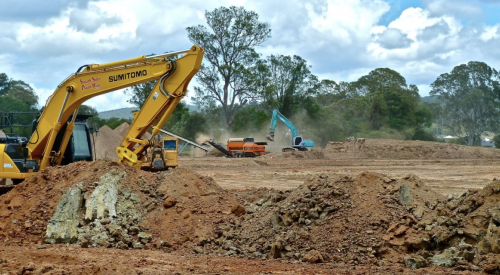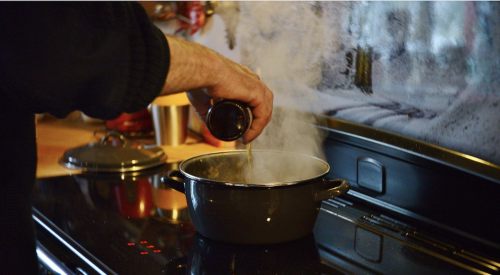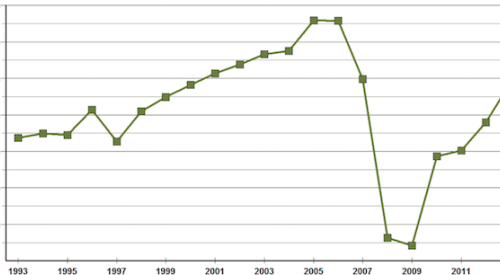| Chuck Shinn, President, Lee Evans Group cshinn@ leeevansgroup.com
|
Supers' salaries, bonuses and payroll should total 1.5%. Trucks, equipment, etc., should be 1.4%. Hold warranty costs to 0.6%.
Make sure you load supers at their optimum production capacity. Most have a good idea of what that is. Develop criteria for the volume level that requires bringing in an assistant and then write a specific job description for that position.
Scheduling has a huge impact. Superintendents can handle only a certain number of houses at once. To increase yield, reduce cycle time. If a super can handle only 15 houses at a time and it takes 120 days to build, he'll get 45 houses a year. But with a 90-day build time, the same super can produce 60 houses.
Scopes of work and quality standards for trades are key. The more that trade crews police their work, the more efficient the super will be. Write performance checklists from scopes and quality standards and require trades to check their work before you pay them.
|
Target
|
Typical
|
|
|
Sale price
|
100.0%
|
100.0%
|
|
Cost of Sales
|
70.0%
|
78.0-85.0%
|
|
Gross Margin
|
30.0%
|
15.0-22.0%
|
|
Indirect Construction Costs
|
3.5%
|
5.0-6.0%
|
|
Financing expense
|
4.0%
|
3.0-7.0%
|
|
Marketing expense
|
6.0%
|
5.0-10.0%
|
|
General administrative expense
|
4.5%
|
4.0-7.0%
|
|
Total operating expense
|
18.0%
|
16.0-22.0%
|
| Net profit |
12.0%
|
3.5-5.0%
|












